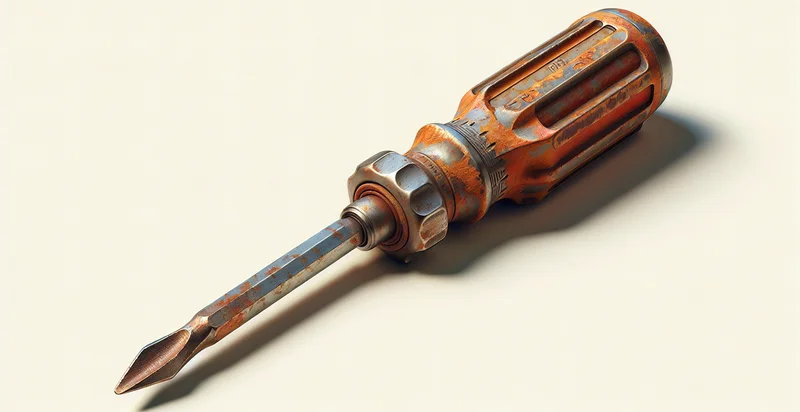Identify phillips vs flathead
using AI
Below is a free classifier to identify phillips vs flathead. Just upload your image, and our AI will predict if it's a Phillips or a flathead screwdriver - in just seconds.

Contact us for API access
Or, use Nyckel to build highly-accurate custom classifiers in just minutes. No PhD required.
Get started
import nyckel
credentials = nyckel.Credentials("YOUR_CLIENT_ID", "YOUR_CLIENT_SECRET")
nyckel.invoke("phillips-vs-flathead", "your_image_url", credentials)
fetch('https://www.nyckel.com/v1/functions/phillips-vs-flathead/invoke', {
method: 'POST',
headers: {
'Authorization': 'Bearer ' + 'YOUR_BEARER_TOKEN',
'Content-Type': 'application/json',
},
body: JSON.stringify(
{"data": "your_image_url"}
)
})
.then(response => response.json())
.then(data => console.log(data));
curl -X POST \
-H "Content-Type: application/json" \
-H "Authorization: Bearer YOUR_BEARER_TOKEN" \
-d '{"data": "your_image_url"}' \
https://www.nyckel.com/v1/functions/phillips-vs-flathead/invoke
How this classifier works
To start, upload your image. Our AI tool will then predict if it's a Phillips or a flathead screwdriver.
This pretrained image model uses a Nyckel-created dataset and has 2 labels, including Flathead and Phillips.
We'll also show a confidence score (the higher the number, the more confident the AI model is around if it's a Phillips or a flathead screwdriver).
Whether you're just curious or building phillips vs flathead detection into your application, we hope our classifier proves helpful.
Related Classifiers
Need to identify phillips vs flathead at scale?
Get API or Zapier access to this classifier for free. It's perfect for:
- Tool Inventory Management: Businesses that manage a large inventory of tools can utilize the Phillips vs. Flathead identifier to streamline the sorting and categorization process. By quickly identifying the type of screwdriver, inventory management systems can automate stock updates and reduce human error.
- Quality Control in Manufacturing: In manufacturing facilities that produce or assemble products requiring specific screwdrivers, this identification function can enhance quality control. Automated inspection systems can verify that the correct screwdriver type is used in assembly, minimizing defects and rework.
- Robotic Automation: Robotics and automation systems can integrate this classification feature to ensure the correct tool is used for various tasks. By accurately identifying Phillips and flathead screwdrivers, robots can select the appropriate tool for assembly, speeding up production.
- Training and Education: Educational institutions and training centers can implement this technology in their instructional programs for teaching tool usage. By providing students with a reliable identification system, they can learn to differentiate between screwdriver types effectively, improving their handyman skills.
- Augmented Reality (AR) Applications: AR applications for DIY enthusiasts or professionals can use this identification function to enhance user experience. Users can point their device at a set of screwdrivers, and the system will inform them about which is Phillips or flathead, helping in selecting the right tool for the job.
- E-commerce Tool Retail: E-commerce platforms selling tools can integrate this identification function into their sites to assist customers in making informed purchasing decisions. By providing instant identification and recommendations based on their current toolset, online retailers can increase customer satisfaction and reduce returns.
- Repair and Maintenance Services: Service technicians can utilize this function while on the job to quickly identify the type of screwdriver needed for repairs. This capability can improve efficiency by reducing the time spent searching for appropriate tools, leading to faster service delivery and enhanced customer satisfaction.


